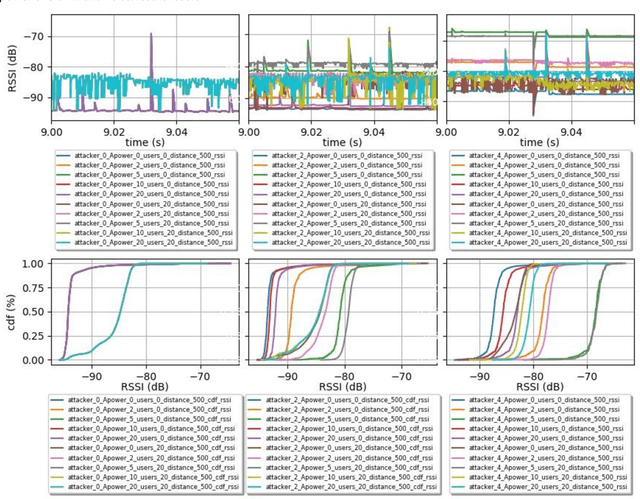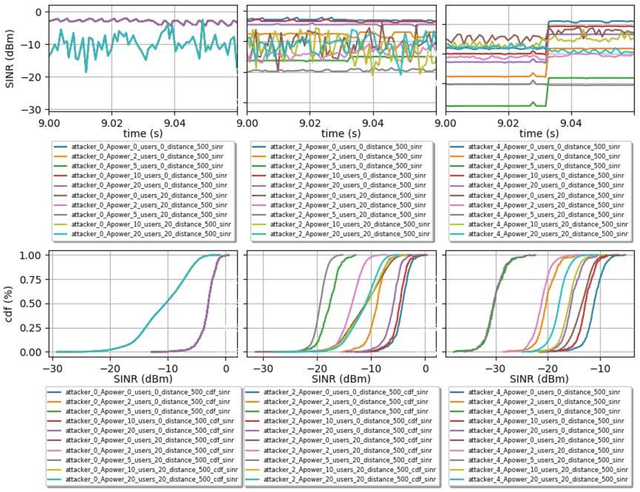A Synthetic Dataset for 5G UAV Attacks Based on Observable Network Parameters
Paper and Code
Nov 05, 2022



Synthetic datasets are beneficial for machine learning researchers due to the possibility of experimenting with new strategies and algorithms in the training and testing phases. These datasets can easily include more scenarios that might be costly to research with real data or can complement and, in some cases, replace real data measurements, depending on the quality of the synthetic data. They can also solve the unbalanced data problem, avoid overfitting, and can be used in training while testing can be done with real data. In this paper, we present, to the best of our knowledge, the first synthetic dataset for Unmanned Aerial Vehicle (UAV) attacks in 5G and beyond networks based on the following key observable network parameters that indicate power levels: the Received Signal Strength Indicator (RSSI) and the Signal to Interference-plus-Noise Ratio (SINR). The main objective of this data is to enable deep network development for UAV communication security. Especially, for algorithm development or the analysis of time-series data applied to UAV attack recognition. Our proposed dataset provides insights into network functionality when static or moving UAV attackers target authenticated UAVs in an urban environment. The dataset also considers the presence and absence of authenticated terrestrial users in the network, which may decrease the deep networks ability to identify attacks. Furthermore, the data provides deeper comprehension of the metrics available in the 5G physical and MAC layers for machine learning and statistics research. The dataset will available at link archive-beta.ics.uci.edu
 Add to Chrome
Add to Chrome Add to Firefox
Add to Firefox Add to Edge
Add to Edge